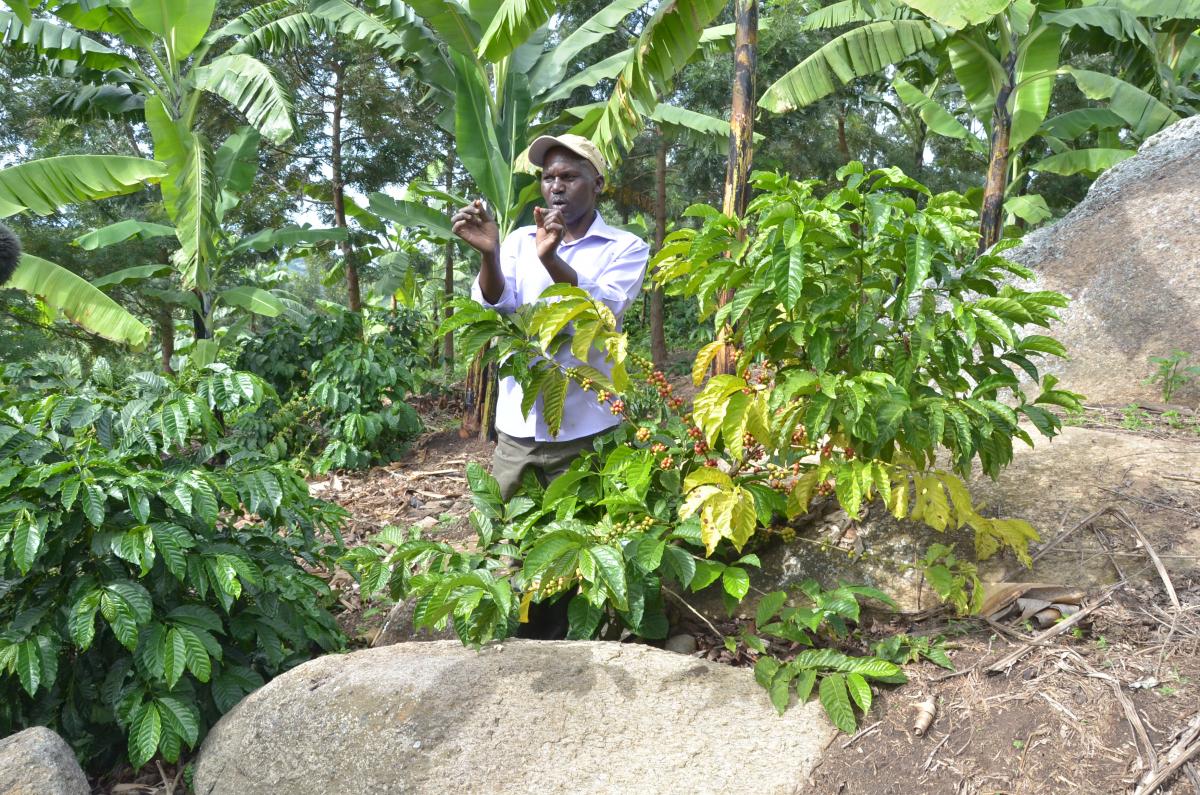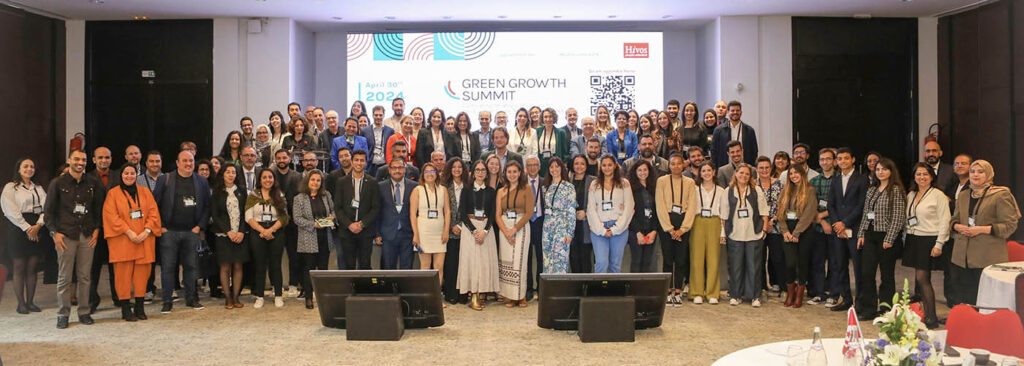James Namara is a retired public servant living in Ntungamo district. James constructed his biogas plant in 2010. Since that time, he has been using bio-slurry to fertilize his farm. He developed a lot of interest in the bio-slurry use and production that he has now become a model farmer in his district.
He emphasizes that biogas is the most valuable asset in his home. ‘‘Biogas is the lifeline of everything I have in my home because it supports every aspect of my farming and family life. Biogas has made me famous such that people come from neighbouring countries to learn about my biogas and bio-slurry journey,” James boasted about his biogas plant. Indeed everything in James’ well maintained farm revolves around biogas. James uses bio-slurry to fertilise his crops. He also uses bio-slurry to nutrify the soil when his crops are not doing well, he notes ‘’I use bio-slurry to try resuscitate weak crops and this has borne results. ‘’
Looking at his diverse and healthy crops that range from banana plantations, coffee, chia plants, vegetable gardens, fruits and flowers is enough to dispel any doubts about the importance of biogas. James also uses the bio-slurry to feed his fish and fertilise his fish ponds.
When asked about the productivity of his farm, James says his production is over 10 times what he used to get before he started using biogas. Due to championing the use of bio-slurry in his community, he has been appointed a demo farmer for organic coffee as well.
James is not worried about his retirement. Most of the children have finished school and are working. In fact he says that use of the biogas plant and other the related activities have kept him agile and young.
With the collections he makes from the sale of the Matooke (Uganda’s staple food made from banana) , fish, coupled with the savings he makes as a result of using biogas, he has been able to set up a retail shop for his wife in the trading centre which acts as the out let for Matooke. He started a training centre called Ntungamo integrated Farm and Demonstration Centre (NIFADC). The centre has been used to train over 100 farmers in farm management .
The bio-slurry has boosted fodder growth as well in his farm. He uses it mainly in growing Calliandra (flowering plants in the pea family) which is a source of protein thus supports milk production. This is another source of income which he attributes to his biogas plant.
Stories such as James’ demonstrate that biogas is useful in climate change mitigation and adaptation. To date, Hivos East Africa’s Africa Biogas Partnership Programme has constructed 7136 plants in Uganda enabling households to have a clean source of energy for lighting, cooking and practice organic farming using bio-slurry.
This story was originally written by the National Implementing Agency of Biogas in Uganda: Biogas Solutions Limited.






